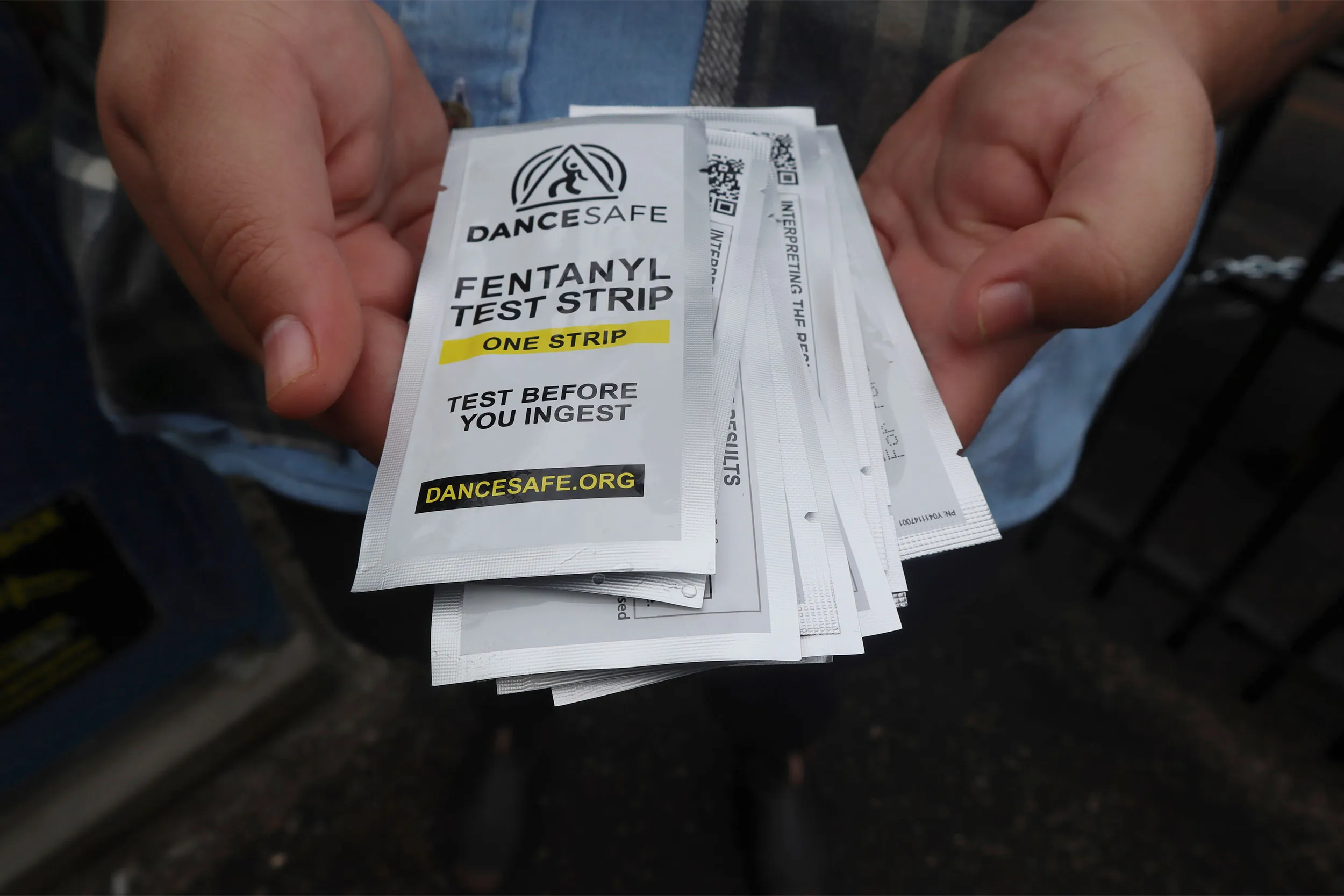The estimated number of drug overdose deaths in the U.S. have been dropping for months and are now at their lowest levels in three years, according to data from the Centers for Disease Control and Prevention (CDC).
Deaths from overdoses dropped for the first time in five years in 2023, following a steady rise during the pandemic. However, the current number of overdose deaths still remains higher than pre-pandemic levels.
In April 2024, the latest month with data, the estimated number of deaths in the past 12 months was 101,168, according to the CDC. The last month with figures that low was in May of 2021, with 100,997 deaths.
Data from other sources, such as emergency department visits and calls to EMS, support the downward trend, according to an analysis led by Dr. Nabarun Dasgupta, a senior scientist at the Injury Prevention Research Center at the University of North Carolina at Chapel Hill. He tells ABC News that the data may point to 20,000 fewer deaths annually, or more.
While experts continue to explore possible reasons driving the decline, there are a few public health initiatives to curb drug overdoses that may be showing signs of success.
“Enhanced access to naloxone, expanded treatment programs for opioid use disorder, and increased public awareness about the dangers of synthetic opioids like fentanyl are likely playing significant roles in saving lives,” said Dr. John Brownstein, chief innovation officer at Boston Children’s Hospital and an ABC News medical contributor.
Another potential explanation for the downturn, Dasgupta says, may be related to changes in the drug supply, such as more people using xylazine, a dangerous, non-opioid animal sedative that’s often mixed with other illicit drugs, including fentanyl.
“Xylazine makes people use less fentanyl, is the bottom line,” Dasgupta told ABC News, while citing research that showed that those who overdosed and tested positive for xylazine had less severe health outcomes than those who did not have xylazine in their system. This could be due to the fact that those who used illicit substances, like fentanyl, mixed with xylazine may be using those substances less often, Dasgupta said.
“We’re seeing this pattern kind of happening that looks a lot like a change in the drug supply, more so than just explained by all the interventions in the public health space,” Dasgupta added. “It’s probably a mix of all these things at the end of the day, but something really changed in the third quarter of last year.”
Within each state, however, the decline in overdose deaths is not uniform among all people. Maryland, for example, experienced a decline in deaths among white populations, yet an increase among Black populations, Dasgupta points out.
Changes in drug overdose deaths also vary greatly by state, with some still experiencing increases in the past 12 months, CDC data shows. States with the greatest dips in overdose deaths over the past year, according to the same data, were Nebraska, North Carolina, Vermont, Ohio, and Pennsylvania, in that descending order.
While the national downward trend may continue, experts told ABC News it may not be permanent.
“We’ve seen dips that have been erased a year later. So, I’m cautious. I feel like things really haven’t cooled down yet,” Dasgupta said. “It feels like we’ve put the lid on the pot, but we’re still at a rolling boil. There’s still a lot of people dying of overdose.”
“It’s crucial that we continue to intensify our efforts to address the root causes of the opioid epidemic,” Brownstein said. “We need to continue investing in comprehensive strategies that address the complex factors driving the opioid crisis.”




